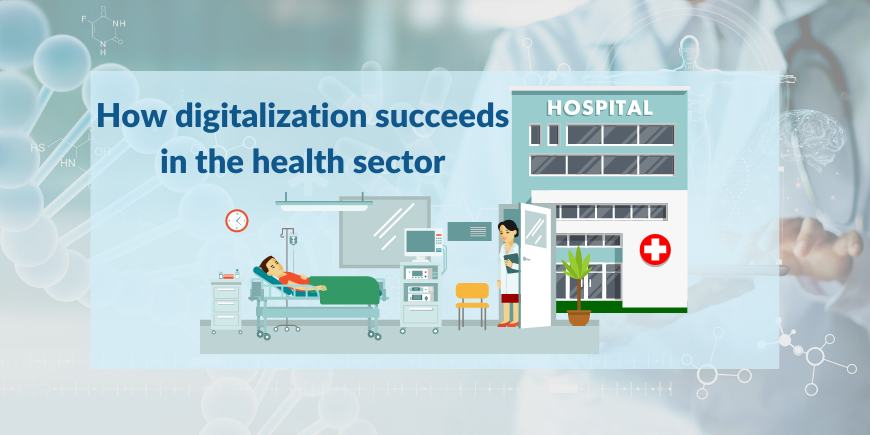
How digitalization succeeds in the health sector
IT enables better processes and stronger patient orientation
Quality of medical services, patient safety, economic efficiency and networking of treatment with the patient at the center: these are the outstanding goals of hospitals. Legislation and market requirements provide this framework. The fact that these goals can only be achieved thanks to digitalization has become clear in the industry in recent years.
Standards enable interoperability
These challenges can be mastered through standards. The document types are the Clinical Document Class List (KDL), as a master list, it enables the unambiguous assignment of different designations. Standards-based interoperability is also the prerequisite for interaction between different systems in many other IT-oriented areas. In particular, these standards come from Health Level 7 (HL7), this organization also launched Fast Healthcare Interoperability Resources (FHIR), a standard specified by the KHZG. Process profiles for data exchange using such standards are offered by the Integrating the Healthcare Enterprise (IHE) organization. Terminologies such as SNOMED and LOINC are another important basis for enabling IT systems to work together.

Data competence and compliance as key factors for the future
Against this background, data competence is the prerequisite for the future viability of hospitals – the knowledge of how to handle patient data and how to make this data available in a usable form. In this way, hospitals create the preconditions for improving their processes and for technical communication skills. Generating knowledge for administrative, management and medical goals is also one of the potential benefits.
Compliance is another requirement – the protection of sensitive data, especially according to the General Data Protection Regulation (DSGVO), its audit-proof archiving for legal reasons, and the guarantee of information security, for which all German hospitals, as part of the critical infrastructures, have to take measures since the beginning of 2022. The B3S industry security standard provides guidance here, support for implementing the required risk management comes from the DKG.
Unstructured versus structured data
The path to the digital future is therefore not primarily about applications, but about interoperable patient records as a sustainable foundation. One outstanding barrier to the use of treatment documentation is that a very high proportion of these records are still generated in unstructured form today. Whereas structured data enables rapid, inexpensive analyses, free text requires a great deal of effort to extract information.

Generating valuable knowledge effortlessly thanks to medical data
New technologies offer a significant improvement here. For example, “Speech2Structure” makes it possible to add medical data to dictated medical documents on the fly, making the generation of valuable knowledge from information faster and more precise. Speech input can be implemented via different partners, the AI-based technology comes from text analysis specialist Averbis. The numerous attractive applications include the automated identification of diagnoses and findings for correct hospital invoices – and thus for securing revenues for service providers.

If you want to learn more about Health Discovery we recommend you to visit https://averbis.com/health-discovery/

